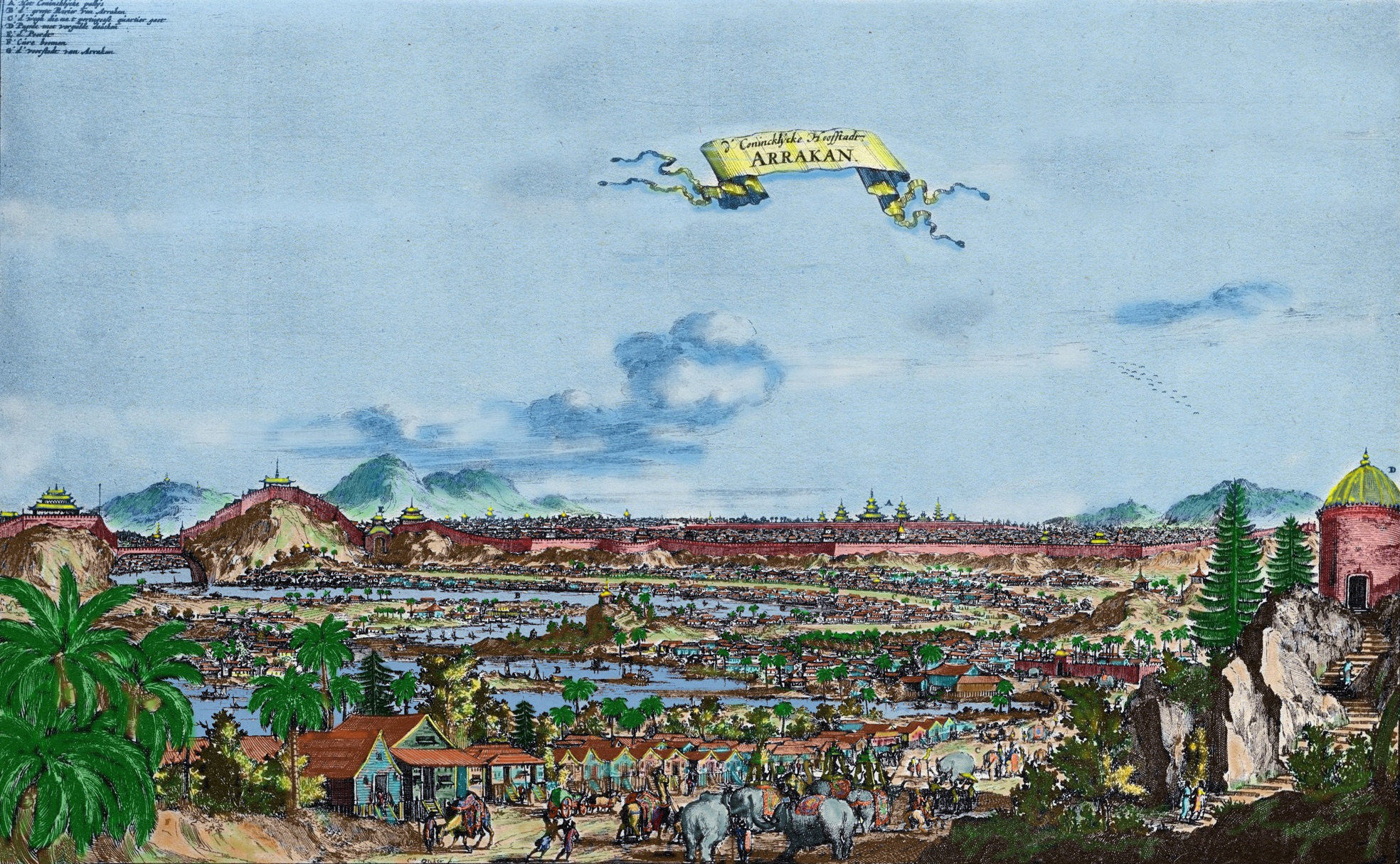Boundaries in Shaping the Rohingya Identity and the Shifting Context of Borderland Politics
By Kazi Fahmida Farzana
Volume 15, Issue 2, pages 292-314
Abstract
In recent years, new waves of ethnic violence in the Arakan (Rakhine) state of Burma (Myanmar) have resulted in increased internal displacement and the continued exodus of the Rohingya people to neighbouring countries. At the heart of this problem is the fact that Burma (which the Rohingyas claim as their ancestral land) and Bangladesh (where many Rohingyas are unwelcome and/or undocumented refugees) continue to deny the Rohingyas their political identity, each insisting that the displaced Rohingyas are the responsibility of the other. This study examines the history of the region to explore how political identities are shaped (generally) and how Rohingya refugees in Bangladesh, living along the borders, identify themselves in the midst of political sovereignty claims and a social space that exists across artificially drawn borders (specifically). This article argues that the true political identity of the displaced Rohingya refugees can be located in their social memory and their life-politics in the borderlands. In this social memory, the Rohingyas’ beliefs in ethnicity, identity, and belongingness play an important role in shaping their current identity. Their production of cultural artefacts while in exile suggests a non-conventional resistance, and the close proximity of the refugees to their homeland creates a completely different psychology of attachment and alienation, which needs further attention in refugee studies. Such an understanding of life-politics along the border may challenge our current understanding of borderland conflicts within the framework of state-imposed boundaries. The boundaries of identity may go beyond traditional notions of national borders and the identity of the state.
Read the full article here.





